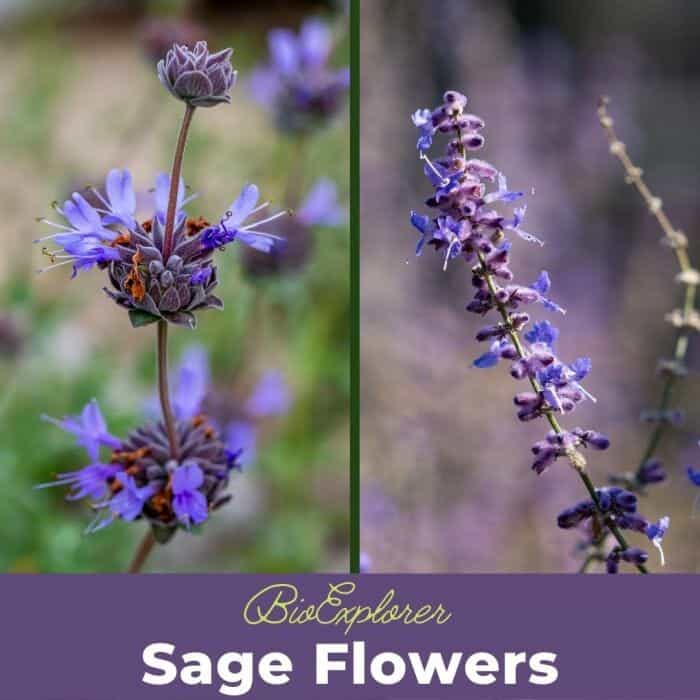
From culinary to medicinal uses, sage has long been an herb garden staple. Sage is most commonly cultivated for its flavor, but it’s also a relatively perennial and hardy plant in the garden.
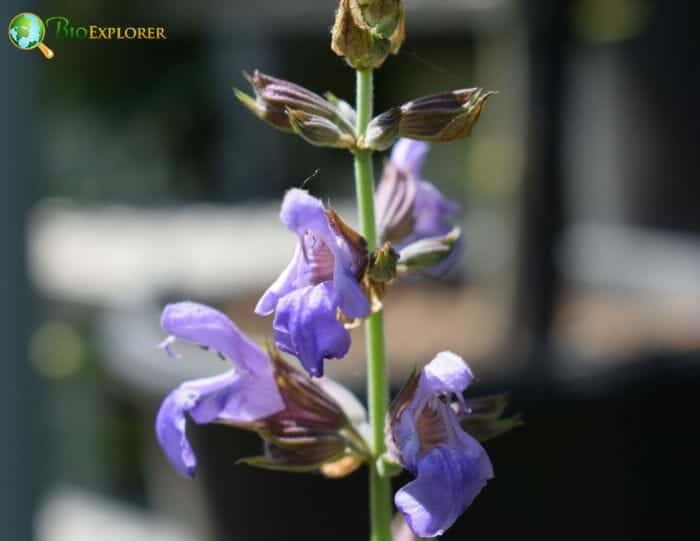
The gray-green foliage and light blue flowers of sage help it thrive well with other plants in a container or flower bed. Common sage originates from the Mediterranean region.
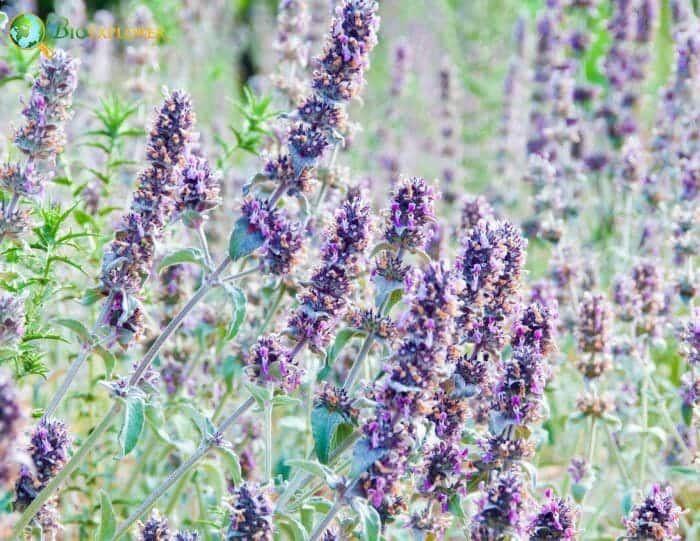
The garden sage (Salvia officinialis) is a Lamiaceae (mint) family member. The plant genus sage (Salvia) is very species-rich, with over 1000 species[1].
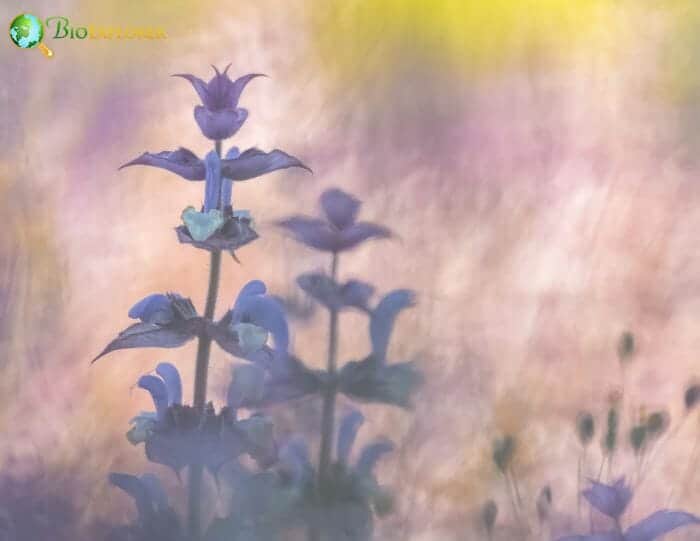
Garden sage is a medium-sized perennial shrub typically grows to between 15 to 24 inches (40 and 60 cm) in height. Sage forms oblong, almost elliptical leaves that exude a robust aromatic aroma due to the essential oils.
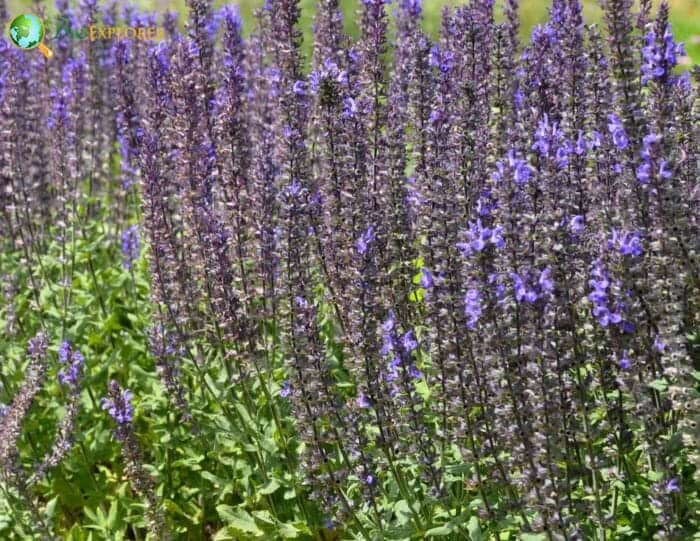
The leaves have a white, hairy feel on both sides of the leaves. Garden sage usually forms purple or white flowers during the flowering period (spring to summer).










